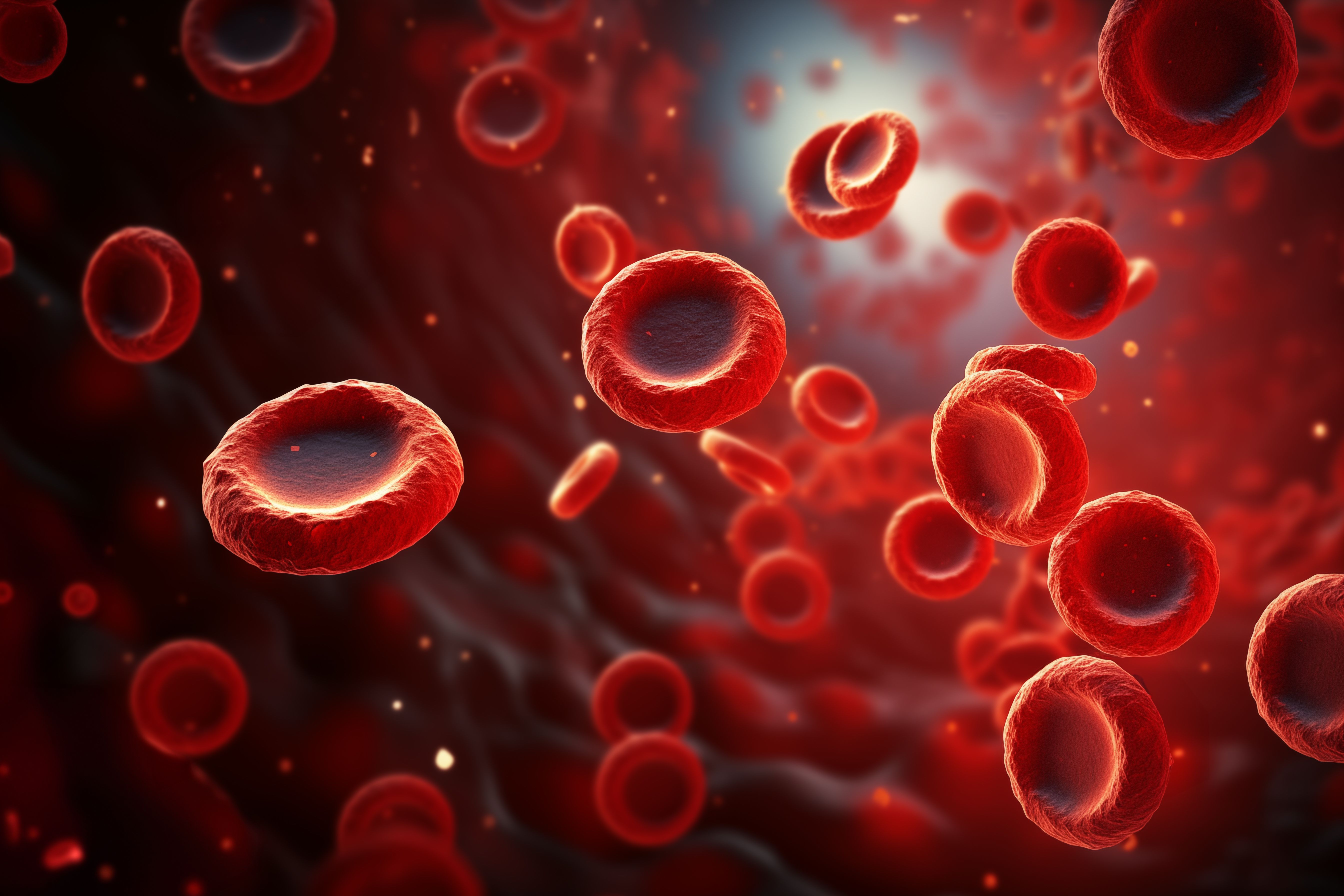News
Article
Top 5 Most Popular MPN Articles and Videos of 2024
Author(s):
Articles on myeloproliferative neoplasms (MPNs) covered the debate over how early to use cytoreductive therapies instead of phlebotomy in younger patients with polycythemia vera, the promise of vaccines, and the unmet potential of pegylated interferons.
Treatment of myeloproliferative neoplasms (MPNs) quietly advanced throughout 2024, culminating with a high-profile turn at the 2024 American Society of Hematology Annual Meeting & Exposition. The late-breaking session featured basic research on a genetic variant linked to living at altitude; the variant also improved response to treatment for the MPN polycythemia vera, or PV.
Myeloproliferative neoplasms | Image: Cleveland Clinic

Coverage of MPNs by The American Journal of Managed Care® (AJMC®) included all 3 major types:
- PV, in which the body produces too many red cells and patients are at high risk of blood clots;
- essential thrombocythemia (ET), in which the body produces too many platelets, causing a risk of hemorrhage along with symptoms such as headaches or fatigue; and
- myelofibrosis (MF), the most aggressive form of MPN, in which scar tissue accumulates in the bone marrow, crowding out the ability to produce healthy blood cells; this MPN is most likely to progress to acute myeloid leukemia.
During 2024, AJMC’s most popular articles and videos on MPNs in 2024 were:
5. Pegylated Interferons Have Promise but Also Unmet Potential in MPNs
A review article in Therapeutic Advances in Hematology explored the potential for pegylated interferons to become a more meaningful option to treat MPNs but said more research was needed to understand the best way to use these therapies. The AJMC article explained that although interferons are used to treat MPNs, their potential is limited by their short half-life. Through pegylation, a polyethylene glycol (PEG) chain is added to modify the interferon, overcoming this problem. Of note, all 3 types of MPNs could be treated with these therapies, but adverse events (AEs) remain a challenge.
4. Lack of Mutations Associated With Favorable Prognosis in MPN-U
In patients with MPNs, unclassifiable (MPN-U), the categories of PV, ET, and MF don’t apply. But that’s not necessarily a bad thing: the article notes that bone marrow blasts and the Dynamic International Prognostic Scoring System (DIPSS) plus score can predict overall survival, based on a study in the American Journal of Clinical Pathology.
The article explained efforts to classify this very heterogeneous group of MPNs and to find prognostic markers to learn which patients are most at risk of thrombosis. An effort to classify a group of patients with MPN-U based on DIPSS-plus, which was developed for primary MF, found both patients with advantaged-stage and coexisting disorders—and thus higher scores—as well as a subset with early-stage disease, for whom management of risk of thrombosis could offer a favorable prognosis.
3. Younger Patients With PV May Benefit From Earlier Treatment With Cytoreductive Therapies
A question about treatment of MPNs is what to do about younger patients: if a person under age 60 will live with the disease for years, even decades, should the most powerful therapies be offered right away?
For younger patients with PV, that thinking has made phlebotomy the standard treatment. But more aggressive steps may be needed to stop overproduction of blood cells in the bone marrow, and cytoreductive treatments such as ruxolitinib or interferons may be in order. So concluded authors writing in Blood Advances, who found through a meta-analysis that there is no clear evidence that the risk of toxicity exceeds the potential benefit for younger patients in need of these therapies.
2. Can Vaccines Be Developed for MPNs? Study Examines the Challenges
Following up on a breakthrough 2022 article in Science, authors writing in Frontiers in Immunology explored the role of human leukocyte antigen genes in MPNs with calreticulin (CALR) mutations, which lack T cells to target this antigen. They conducted analyses involving 42 patients with CALR mutations and 158 with JAK2 V6127F mutations, as well as 1083 healthy controls. The authors note that mutations appear as cancer cells form but before symptoms appear and this window before malignancy can offer the opportunity for a vaccine.
But the analyses proved anything but straightforward. Authors found evidence of T cells from neoantigens for both CALR and JAK2 V617F in healthy controls, but not in the patients with MPNs. This means CALR mutations are immunogenic, the authors said, so they ran tests to see if neoantigens could bind to specific HLA-1 molecules. No luck there. Despite these findings, they wrote, the work shows both CALR and JAK2 V617F undergo changes during development, “which is consistent with the idea that, in many cases, driver cancer mutations are HLA-I and HLA-II restricted.”
The findings might show those with healthy immune systems would response to a CALR-based vaccine, but what of those with MPNs? “Based on our assay, no definitive conclusions can be drawn regarding the frequency of healthy individuals who may possess existing T cells that recognize CALR [mutation]–derived neoantigens in the context of specific HLA-I molecules.”
1. Dr Raajit Rampal Discusses Disease Modification and Emerging Therapies in Polycythemia Vera
In this video interview, Raajit Rampal, MD, PhD, of Memorial Sloan Kettering Cancer Center, discusses a number of challenges in developing disease-modifying therapies and strategies in PV. When it comes to new therapies, he said, recognized end points may not measure important, meaningful things that affect disease progression and quality of life for patients. In deciding how to use current therapies, today’s “paradigm may need to change” to allow for more use of therapies for younger patients.
Finally, Rampal discussed rusfertide, a hepcidin memetic, now in phase 2 studies. It has shown promise in allowing patients to become “phlebotomy independent,” which he said would be an important end point due to the AEs that this process involves. “Phlebotomy is not a bit of a benign thing; I think that's an important thing for everyone to realize.”





